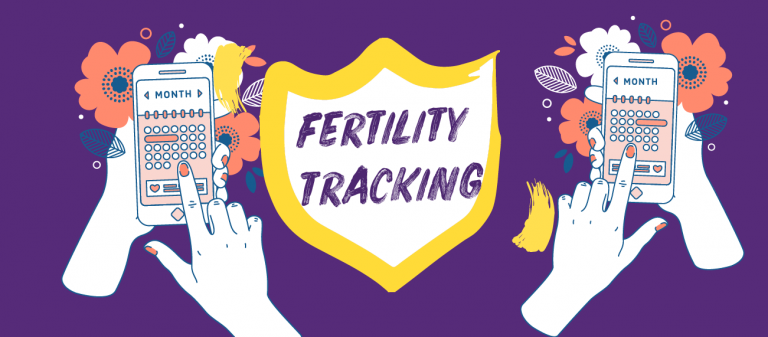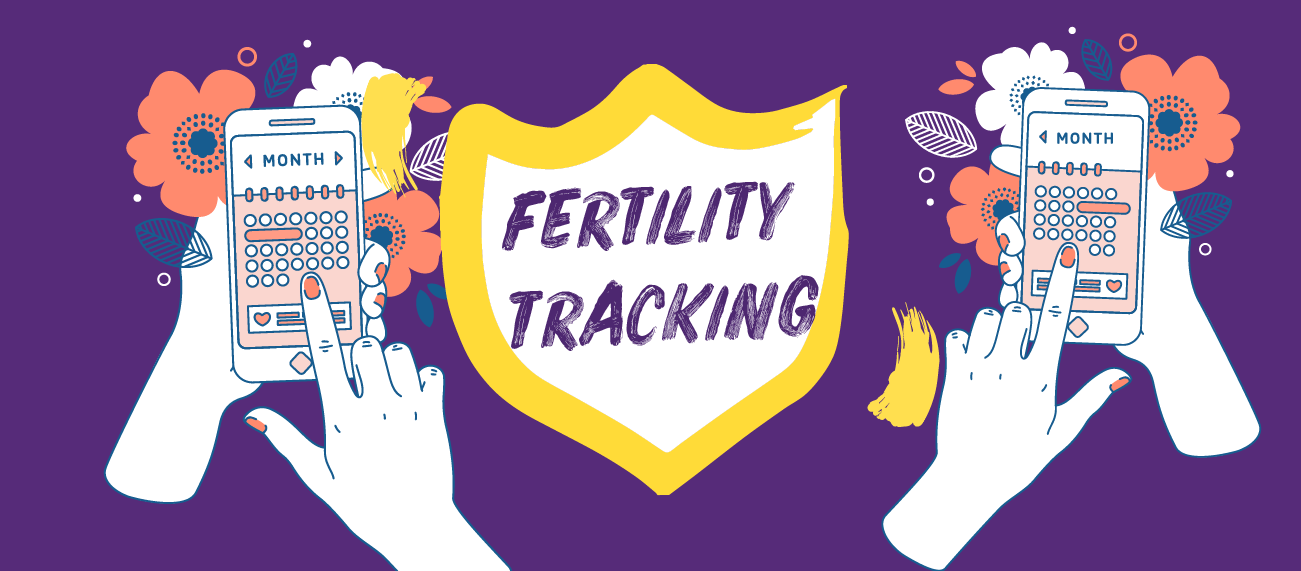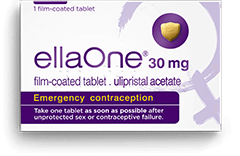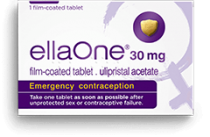Are Fertility Tracking Apps The Future Of Contraception?
Handheld, hormone-free and Instagram-approved: is fertility tracking the future of contraception?
Tech entrepreneurs have coined a new category: FemTech, a new family of apps that allow women to input data and follow their cycles.
Fertility tracking apps are a clash of old-school meets high tech. It’s true what they say: technology improves our access to everything: even, astonishingly, our own bodies. (Maybe next the brains behind GPS tracking can create an app to help partners find the clitoris.)
Before smartphones, fertility tracking was popularly known as the ‘rhythm method’: where you track your periods to work out when you are ovulating, and avoid having unprotected sex around ovulation. As many ‘cyclers’ can tell you, ‘tracking’ today is far more complex.
The apps have a friendly interface, and are always on hand for you to check or update – they almost look like a game. Natural Cycles comes with a thermometer to help you log your basal temperature (your lowest body temperature, usually attained while asleep) every morning.
Women and people with uteruses who use the app are instructed to measure their temperature as soon as they wake up and log it in the app correct to two decimal points, along with details of your periods and the consistency of your cervical mucus. Ah, you know, just everyday stuff…
Does Fertility Tracking Work?
The effectiveness of such apps at preventing pregnancy came into question when the Advertising Standards Agency banned Natural Cycles from publishing the claim “highly effective” as it was misleading.
In January 2018, the Natural Cycles app was reported to Swedish authorities after one hospital in Stockholm reported that 37 of 668 women having abortions had been using the app. That accounts for almost 1 in every 20 terminations over a four month period – hardly an endorsement for those using the app trying not to get pregnant.
In a gripping article for The Guardian, Olivia Sudjic tells the story of her own abortion after using Natural Cycles and finds a section of their website advising medical professionals against recommending it to any woman who would be “devastated” by a pregnancy. Strange then, that adverts for it so often appear on the Instagram feeds of women in their early twenties. It’s one algorithm to track your biological data, another your mobile data…
Despite well-documented risks, an increasing number of women and people who can get pregnant are giving it a go. We decided to ask them why, and the answers we received were as diverse as the users themselves.
After looking for the Higgs Boson particle, Elina Berglund turned her attention to another of science’s oldest mysteries: the female body. Did she crack it? Not quite.
It’s very difficult to accurately pinpoint ovulation, and you can get pregnant if you have unprotected sex at any point of your cycle.
ellaOne does not recommend the fertility tracking method as a form of contraception if you want to avoid pregnancy. If you use condoms during the fertile window anyway, and they work well for you and your partner, we recommend sticking with them throughout the month.
The fertile window Natural Cycles aims to pinpoint is when your LH –luteinizing hormone – levels peak before ovulation, sometimes the app will even suggest you take an LH test. Unfortunately, no morning after pill will be effective if ovulation has already occurred.
What might be most striking about the popularity of these apps is that so many women crave to understand their body and to feel in control of their contraception. Clearly, there is not enough education or discussion about our own bodies and contraceptive options.
ellaOne is on a mission to change that, and to help anyone who can get pregnant feel empowered by their contraception. Our site is full of educational and informative content about many different kinds of contraception.
Is there a topic you want us to cover, or a question you want us to answer? Ask Ella: tweet or DM us with your thoughts @ellaOneUK on Twitter, Facebook or Instagram
ellaOne® 30mg film-coated tablet contains ulipristal acetate and is indicated for emergency contraception within 120 hours (5 days) of unprotected sex or contraceptive failure. Always read the label.
By: Miranda Slade







